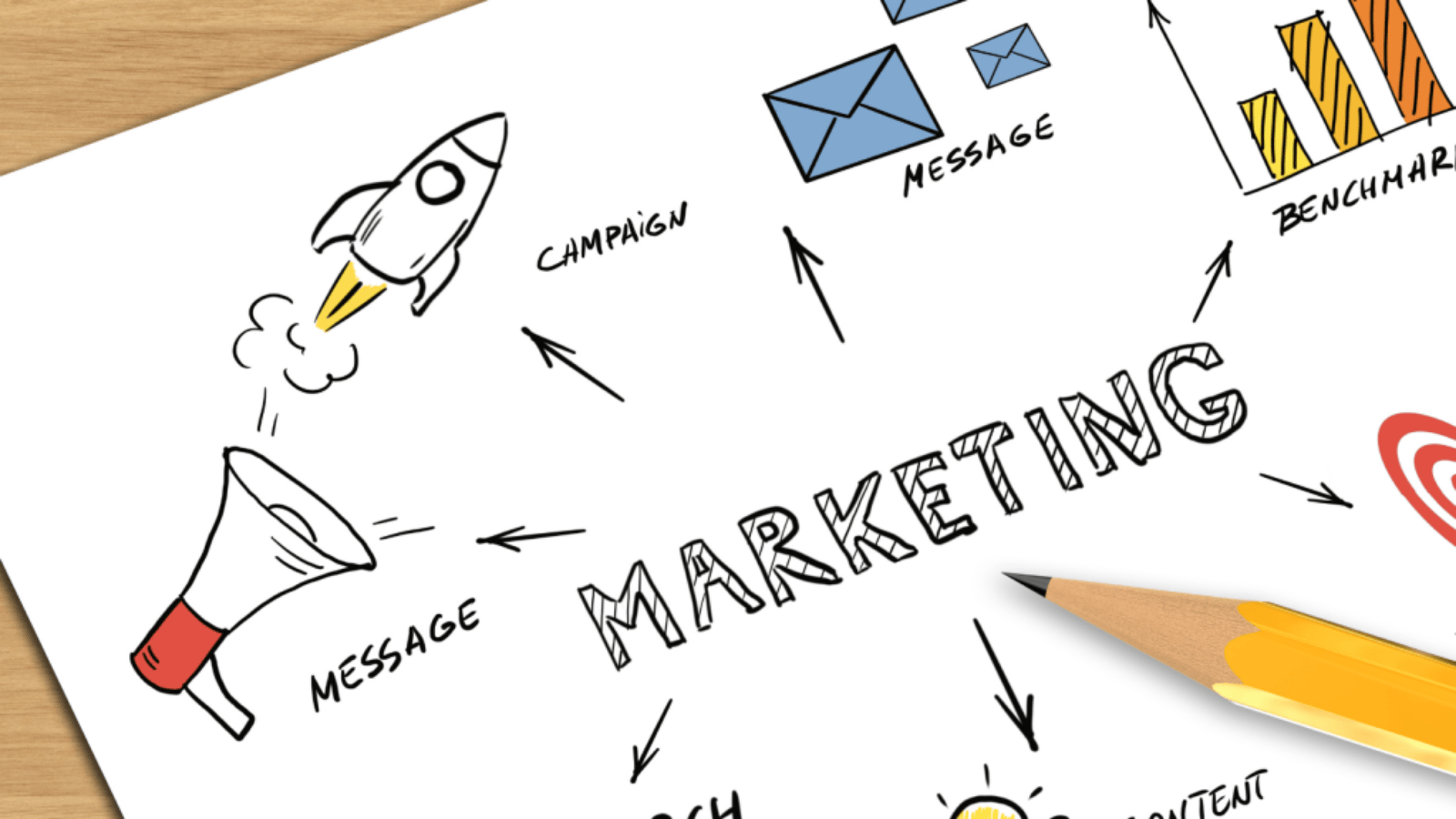Marketing plans are the cornerstone of successful businesses, guiding organizations in achieving their goals with precision. But have you ever wondered, “Who exactly is the marketing plan for?” Whether you’re a budding entrepreneur, a seasoned marketer, or a CEO steering a global enterprise, understanding the audience of your marketing plan can be the difference between success and missed opportunities.
Why Knowing the Audience Matters
Imagine building a house without a blueprint. Chaos, right? A marketing plan acts as that blueprint, but its effectiveness hinges on tailoring it to the right audience. This article dives deep into identifying who benefits it and how to craft one that resonates with stakeholders.
What is a Marketing Plan?
It is a strategic document outlining an organization’s advertising, outreach, and branding efforts over a specific period. It includes objectives, target audiences, messaging, channels, and metrics for success. From startups to established corporations, it serve as a roadmap to:
- Define goals
- Allocate resources efficiently
- Track performance metrics

Who Benefits from a Marketing Plan?
1. Internal Teams
Marketing Department
The marketing team relies on the plan for clarity and focus. It aligns their efforts with overarching business goals and ensures consistency in messaging across campaigns.
Sales Team
It provides insights into target audiences and strategies, enabling the sales team to craft more effective pitches.
Product Development Teams
By understanding the customer needs highlighted in the plan, product teams can innovate and design offerings that resonate with the market.
C-Suite Executives
Executives use it to gauge alignment with organizational objectives, evaluate ROI, and allocate budgets.
2. External Stakeholders
Investors and Partners
Investors seek assurance that the company has a viable strategy to reach its target market and achieve profitability.
Customers
While indirectly benefiting, customers are at the heart of a marketing plan. Strategies derived from the plan aim to meet their needs effectively.
Agencies and Consultants
External collaborators, such as digital marketing agencies, use the plan as a reference point for executing campaigns.
Key Components of a Marketing Plan
To understand its audience, you need to comprehend the structure of a marketing plan. Here are the essential components:

1. Executive Summary
A snapshot of the plan for high-level stakeholders. It provides a quick overview of goals, strategies, and expected outcomes.
2. Market Research
In-depth analysis of the market landscape, including competitor analysis and customer demographics.
Stat Insight: Companies using data-driven marketing are 6x more likely to retain customers (Forbes).
3. Marketing Goals and Objectives
Specific, measurable, achievable, relevant, and time-bound (SMART) goals.
4. Strategy in Marketing Plan
This outlines the approach to achieving objectives, covering areas like:
- Branding
- Content marketing
- Social media strategy
- Paid advertising
5. Go-to-Market Marketing Plan
A focused segment detailing how new products or services will be introduced to the market. It includes:
- Launch timeline
- Promotional activities
- Distribution channels
6. Metrics and KPIs
Define how success will be measured—be it lead generation, customer acquisition cost (CAC), or brand engagement.

How to Tailor the Marketing Plan for Different Audiences
1. Customize the Executive Summary
For investors, highlight financial projections. For internal teams, emphasize actionable strategies.
2. Align Objectives with Stakeholders
Ensure each stakeholder’s priorities are addressed. For instance:
- Sales teams care about lead quality.
- Executives focus on ROI.

3. Use Clear Visuals and Data
Infographics and charts can simplify complex data, making it digestible for diverse audiences.
Stat Insight: Visual content is processed 60,000 times faster than text (HubSpot).
Common Challenges and Solutions
Challenge 1: Lack of Buy-In
Solution: Involve stakeholders early in the planning process.
Challenge 2: Misaligned Goals
Solution: Regularly review and update the plan to reflect changes in priorities.
Challenge 3: Overlooking Metrics
Solution: Set clear KPIs and use analytics tools to track progress.
Benefits of a Well-Defined Marketing Plan
- Improved Collaboration: Ensures all departments work towards common goals.
- Resource Optimization: Allocates budgets and resources effectively.
- Enhanced Customer Engagement: Creates strategies that resonate with the target audience.

Craft Your Plan with Precision
Understanding who your marketing plan is for ensures it serves its purpose effectively. Whether it’s aligning internal teams or appealing to external stakeholders, tailoring your approach is key.
A well-rounded marketing plan can also benefit from integrating tools like the 2025 All-in-One Digital Planner & Life Management System, which simplifies task management and goal tracking. For hands-on guidance, explore our Growth Consultation Plan or connect with a Local Marketing Agency Near Me for expert support. If you’re seeking an affordable entry point, check out our Essential Consultation Plan. Each of these options can elevate your marketing strategy to the next level.

